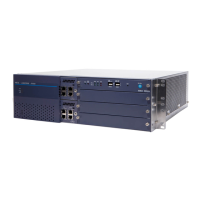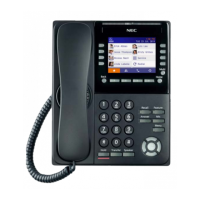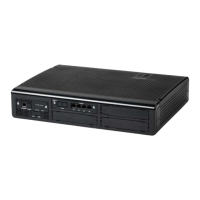– 595 –
CHAPTER 5 Operation Procedure for System with PIR
3. FAULT REPAIR PROCEDURE
This section provides information on how to repair the fault(s) within the system. If any of the components or
equipment listed in Table 5-1 has a failure, move on to the repair procedure explained for each faulty condition.
Table 5-1 Fault Repair Procedure Quick Reference
FAULTY ITEM FAULTY SITUATION REFERENCE SECTION
Line Fault
DP/PB Telephone
Dial tone is not heard.
Section 3.1.3, Line Fault - When DT
Cannot Be Heard
Dialing results in a wrong
connection.
Section 3.1.4, Line Fault - When
Dialing Results in Wrong
Connection
Bell does not ring.
Section 3.1.5, Line Fault - When
Bell Does Not Ring
Answer/speech cannot be
made.
Section 3.1.6, When Call Cannot Be
Answered and Speech Cannot Be
Made
Dterm
• Dterm cannot be operat-
ed.
• Operations are abnormal.
Section 3.1.7, Line fault - Dterm
Trunk Fault
• No connections can be set up.
• PB/DP signals are erroneously received or sent out
from ORT/SND.
• No three-way calling can be made on CFT, or noise
gets in a established connection.
• A connection results in no speech.
• Noise gets in a established connection.
Section 3.2.3, Trunk (ORT, SND,
CFT) Fault and Section 3.2.4, Trunk
(COT, TLT, DTI) Fault
Unit Fault
Faults related to speech.
Section 4.4.3, Unit Fault - Fault
Related to Speech
Dial tone is not heard.
Section 4.4.4, Unit Fault - When
Dial Tone (DT) Cannot Be Heard
The ACT MUX card side has become faulty and system
changeover has been executed.
Section 4.4.5, Unit Fault - ACT-Side
MUX Card Is Faulty and System
Has Changed Over

